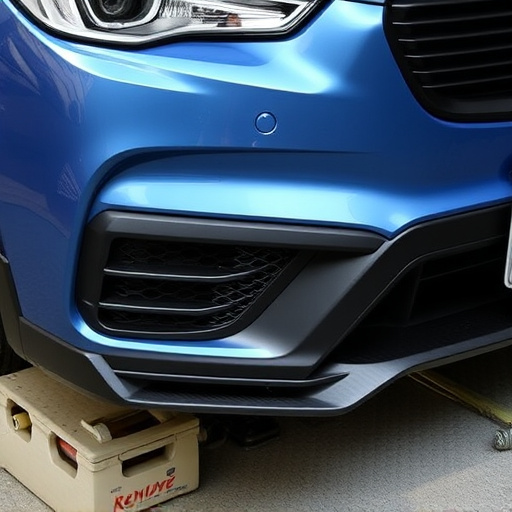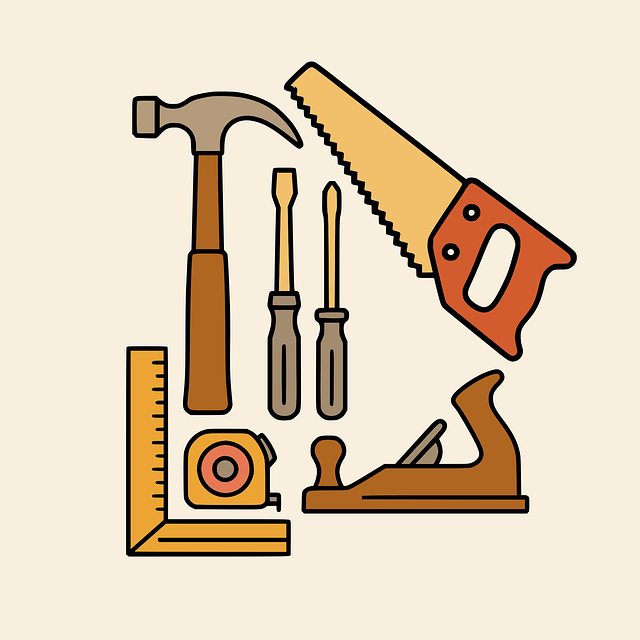Modern repair equipment has revolutionized auto diagnostics and maintenance, saving time and money for shops and customers. Advanced scanners, predictive maintenance, and automated systems streamline repairs from body work to collision damage, enhancing efficiency, minimizing waste, and boosting customer satisfaction in today's digital age.
Modern repair equipment is transforming the way maintenance is performed, offering unprecedented efficiency and cost savings. In today’s fast-paced world, time is money, and efficient diagnostics, streamlined repairs, and predictive maintenance are key to maximizing productivity while minimizing expenses. This article explores how cutting-edge tools revolutionize traditional repair methods, providing insights into the benefits of adopting modern repair equipment for businesses across industries.
- Efficient Diagnostics: Modern Tools for Faster Identifications
- Streamlined Repairs: Enhanced Productivity and Reduced Costs
- Predictive Maintenance: Proactive Strategies Save Time & Resources
Efficient Diagnostics: Modern Tools for Faster Identifications

Modern repair equipment has transformed the way auto mechanics approach diagnostics, leading to significant time and cost savings for both shops and their customers. Traditional methods often relied on subjective assessments and lengthy processes, but today’s tools offer advanced capabilities. These include state-of-the-art scanners that can rapidly analyze a vehicle’s systems, quickly identifying issues with precision.
For example, in automotive body work, modern equipment enables mechanics to detect even the subtlest misalignments or hidden damage from accidents. In auto glass repair, specialized tools ensure precise cuts and installations, reducing the time spent on laborious manual tasks. Collision damage repair benefits immensely as well, with advanced diagnostic systems identifying hidden flaws and ensuring comprehensive repairs, ultimately streamlining the entire process.
Streamlined Repairs: Enhanced Productivity and Reduced Costs

The adoption of modern repair equipment has revolutionized the way automotive industries handle repairs, significantly enhancing productivity and reducing operational costs. Advanced tools designed for efficiency streamline various aspects of vehicle restoration, from initial diagnostics to final assembly. For instance, sophisticated diagnostic devices quickly identify issues in vehicles, eliminating time-consuming manual inspections.
Moreover, automated systems in collision repair centers ensure precise and uniform repairs, minimizing rework. This not only saves labor expenses but also reduces the overall time taken for fixing accidents. As a result, modern repair equipment contributes to improved operational efficiency, allowing businesses like automotive collision repair shops to cater to higher customer volumes while maintaining competitive pricing.
Predictive Maintenance: Proactive Strategies Save Time & Resources

In today’s digital era, modern repair equipment is revolutionizing the way auto body shops and collision repair centers operate. One of the most significant advancements is predictive maintenance—a proactive strategy that saves time and resources. By leveraging sophisticated sensors and data analytics, modern repair equipment can monitor vehicle conditions in real-time. This enables technicians to anticipate potential issues before they escalate, reducing downtime and costly repairs.
Predictive maintenance also optimizes inventory management, ensuring that spare parts are readily available when needed. This not only minimizes delays but also prevents the waste of resources associated with overstocking or understocking. As a result, vehicle body shops can enhance their efficiency, improve customer satisfaction, and stay competitive in the market by implementing these advanced strategies alongside their modern repair equipment.
Modern repair equipment, with its advanced diagnostics, streamlined processes, and predictive maintenance capabilities, is revolutionizing how we approach repairs. By enabling faster identifications, enhancing productivity, and promoting proactive strategies, these tools not only save time and money but also ensure longer-lasting equipment. Investing in modern repair equipment is a strategic move that offers significant advantages in efficiency, cost-effectiveness, and overall asset management.














